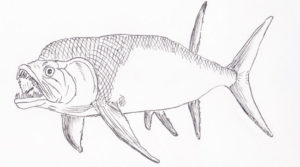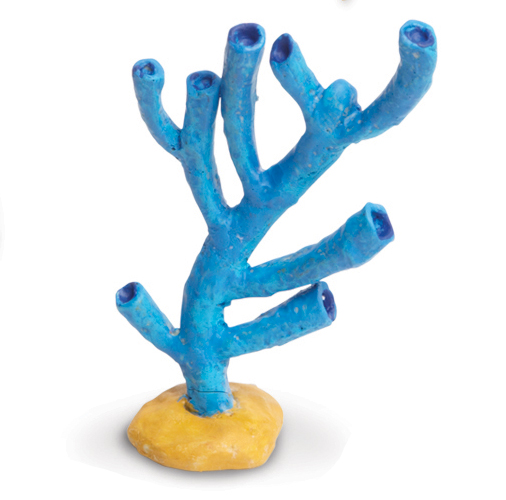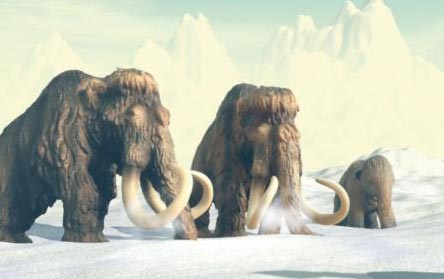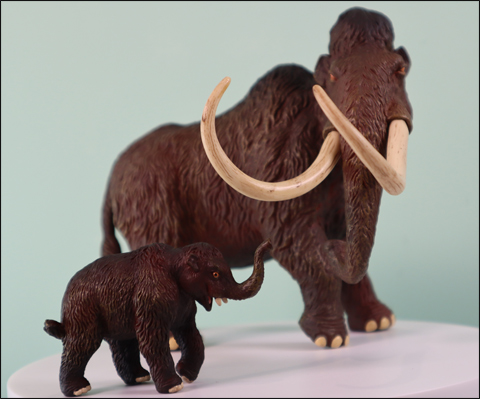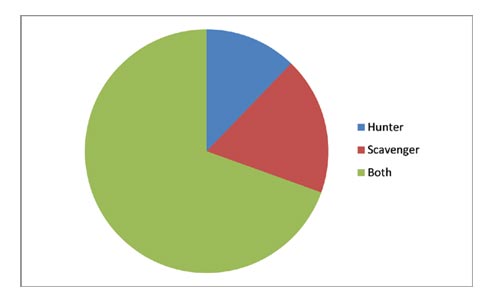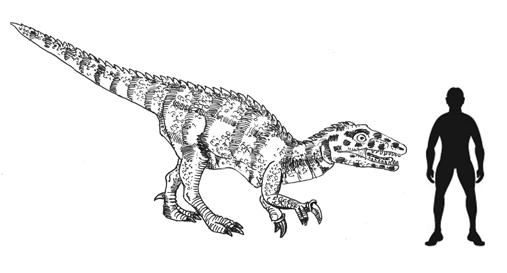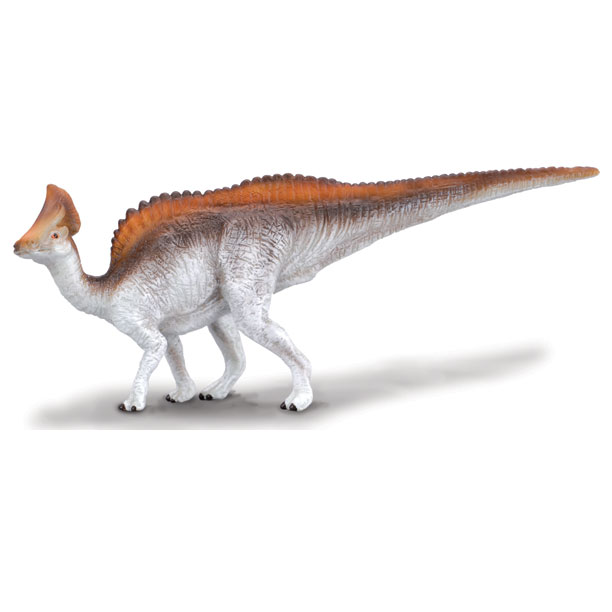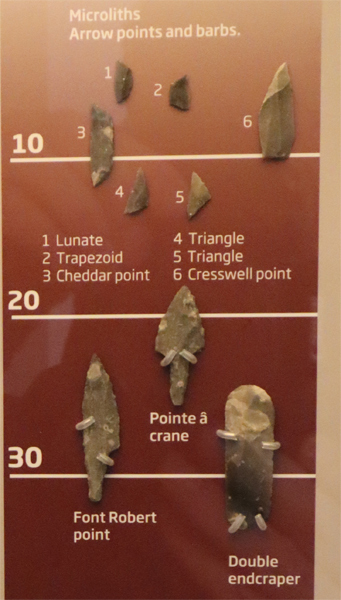South American Terror Birds Fighting Strategy Revealed in New Study
New research published in the on line scientific journal “PLoS One”, the public library of science on line, into the attack strategies of large, prehistoric flightless birds (phorusrhacids) suggests that these carnivores adopted an “attack and then retreat” behaviour to help them subdue their prey.
Rather than simply lunging at their victims, these phorusrhacids may have attacked their prey like a skilled boxer, a sort of feathered Muhammad Ali. Phorusrhacids were a group of flightless birds that rivalled mammals as top predators in South America for much of the Cenozoic.
Phorusrhacids
Some eighteen species of phorusrhacids are known from the fossil record, one of the largest being Titanis, a 2.5 metre tall carnivore, one of the last of its kind. It crossed into North America when the Panama land bridge was established between North America and the former island of South America approximately 3 million years ago.
As the meat-eating theropods became extinct at the end of the Cretaceous, a number of other types of animals competed to become the apex predators in the steamy jungles of the Palaeocene and Eocene. During this time the first, large, carnivorous flightless birds took over the top predator role, creatures such as Gastornis, whose fossils have been found in Germany. As mammals evolved and became larger, most of the “Terror birds” became extinct, but they held on in South America, an island that was not subjected to inward migration by more advanced mammal predators from elsewhere in the Americas.
Researchers are attempting to calculate how these birds tackled prey and an international team of North and South American based scientists aided by researchers from Australia have just completed the most extensive study undertaken into phorusrhacid skull anatomy and their bite force.
The Decline of “Terror Birds”
Commenting on the decline of these magnificent birds, Federico Degrange, a palaeontologist at the Museo de La Plata in Argentina stated that contrary to popular belief, the “Terror birds” were already in decline before the migration of more advanced placental mammals into South America when the continental land bridge was established.
He stated:
“The number of phorusrhacids was few and decreasing before these mammals came to this continent. The competition Terror birds faced from new mammals might have been the final blow but it certainly wasn’t the cause that started their gradual extinction.”
As these now extinct predators have no close analogs amongst modern bird species, their behaviour and hunting methods have been somewhat of a mystery. However, this new study has shed more light on how these large creatures may have killed their prey.
Federico went on to add:
“We need to figure out the ecological role that these amazing birds played if we really want to understand how the unusual ecosystems of South America evolved over the past sixty million years.”
Researcher Lawrence Witmer, an anatomist at the Ohio University of Osteropathic Medicine commented:
“We are trying to understand the history of life on our planet, and understanding the biology of Terror birds and how they might have interacted with animals in North America when the land bridge opened up between it and South America could help us to understand how they shaped the predators we have today.”
The researchers focused on a medium sized member of the Phororhacidae, a creature known as Andalgalornis ferox. This particular Terror bird was formally named and described in 1960 and is one of a number of phorusrhacids whose fossils have been found in western Argentina. A. ferox otherwise known as Andalgalornis steulleti stood about 1.4 metres tall and weighed about as much as a ten year-old child. It had an enormous skull in relation to its body size with a characteristic large upper mandible which ended in a strongly curved, hawk-like hook.
The team of researchers put a complete fossil skull of Andalgalornis through and X-ray CT scanner, giving the team an insight into the internal architecture and morphology of the skull. Unlike other birds, which have light and flexible skulls, the skull of Andalgalornis was much more solid and robust. The skull was highly rigid and did not show a great deal of flexibility between the various skull and jaw joints.
An Illustration of a “Terror Bird”
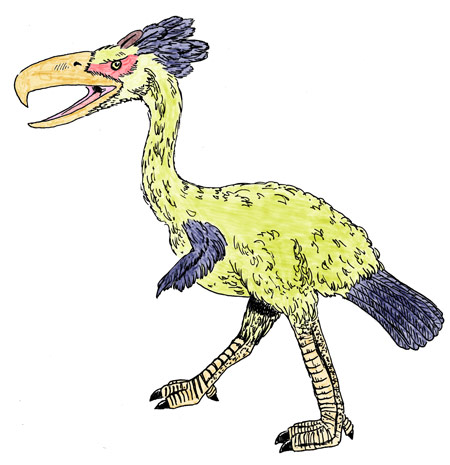
The Kelenken in all its glory. An illustration of a phorusrhacid. Picture credit: Everything Dinosaur.
Picture credit: Everything Dinosaur
Photographs show a broad, hatchet shaped beak of a “Terror Bird”, the South American Andalgalornis from Upper Miocene deposits of Argentina, compared to the skull of a Golden Eagle and a Human.
Commenting on the team’s findings, Dr Witmer stated:
“Birds generally have skulls with lots of mobility between the bones, which allows them to have light but strong skulls. We found that Andalgalornis had turned these mobile joints into rigid beams. This guy had a strong skull, particularly in the fore-aft [front to back] direction, despite having a curiously hollow beak.”
Using the data from the CT scans, bio-mechanist and palaeontologist Stephen Wroe at the University of New South Wales (Australia), put together sophisticated 3-D models of the Terror bird skull. He also developed models of extant species to provide an appropriate comparison with the prehistoric bird.
With information on the bite force and skull strength of modern raptors such as large eagles, the team were able to develop computer simulations to estimate the bite force and skull stresses of the extinct bird’s fossilised skull.
Comparing the results of the simulations, Wroe commentated:
“Relative to the other birds considered in the study, the Terror bird was well-adapted to drive the beak in and pull back with that wickedly re-curved tip of the beak. But when shaking its head from side to side, its skull lights up like a Christmas tree. It really does not handle that kind of stress well.”
Surprisingly, for a creature with such a powerful looking beak, the bite force was estimated to be lower than anticipated.
Degrange said:
“Andalgalornis may have compensated for this weaker bite by using its powerful neck muscles to drive its strong skull into prey like an axe.”
The research team conclude that if Andalgalornis is typical of the Terror birds, then these predators were not the up close sluggers like the boxer Joe Frazier but more of a “fly like a butterfly and sting like a bee” type with a degree of “ring craft” for tackling prey. The work on the skull shows that although it was strong vertically, it was too weak to cope well with vigorous shaking from side to side, in the way that it might have been used to subdue struggling small prey. The hollow beak could also have broken if the bird grappled too violently with struggling prey.
The researchers, suggest that these creatures had an elegant fighting style, akin to Muhammad Ali, using a series of repeated attacks and then retreating, landing well-targeted, hatchet-like jabs. Once dead, the prey would have been torn into bite-sized pieces by the powerful neck muscles pulling the head straight back. Just like T. rex (whose skull has also been subjected to extensive CT scans), these birds were not capable of chewing their food and swallowed chunks of flesh whole.
CollectA have included a replica of a typical “Terror Bird” in their CollectA deluxe model range: CollectA Deluxe Prehistoric Animal Models.



